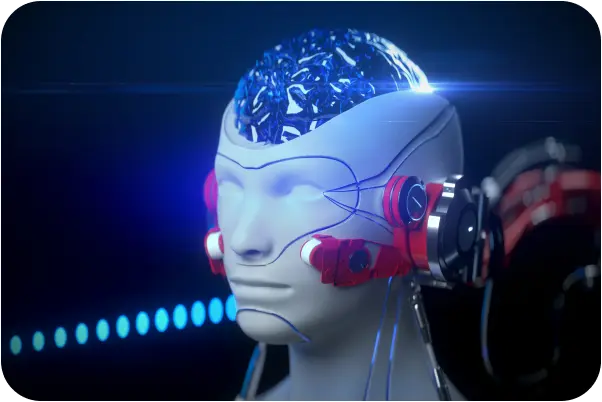Doctor–Patient vs Doctor Dictation, which is better for ASR training?
ASR
Healthcare
Speech AI
When it comes to training Automatic Speech Recognition (ASR) systems, selecting the right dataset is crucial. Two prominent options are Doctor–Patient conversations and Doctor Dictation recordings. Each offers distinct benefits that can significantly influence ASR performance in healthcare applications.
Key Differences Between Doctor–Patient Conversations and Dictation Data for ASR
- Doctor–Patient Conversations: These datasets capture unscripted dialogues between healthcare professionals and patients. They reflect the natural ebb and flow of real-world interactions, including emotional nuances and conversational dynamics. Typical scenarios covered are consultations, diagnoses, and follow-ups. This realism is invaluable for developing AI systems that require an understanding of emotional cues and context, crucial for enhancing patient engagement.
- Doctor Dictation: In contrast, Doctor Dictation datasets consist of structured recordings where doctors document clinical notes or patient information. While these recordings are more straightforward and focused, they lack the interactive elements found in live conversations. Dictation data is often used for applications like medical transcription and summarization, where structure and clarity are prioritized over conversational depth.
The Impact of Dataset Selection on ASR Performance
The effectiveness of ASR systems heavily depends on the diversity and authenticity of training data. Doctor–Patient conversations excel in providing contextual realism and emotional detection, crucial for building empathetic AI models. These datasets enable systems to capture linguistic variations and the emotional tone of interactions, offering a comprehensive understanding of patient dialogues.
Conversely, Doctor Dictation datasets offer structured input, beneficial for transcribing clear, concise speech. However, they might not equip ASR systems to handle the subtleties of live interactions or the complexities of emotional contexts, which can be critical in clinical settings.
Key Trade-offs in ASR Training Dataset Selection
- Contextual Realism vs. Structured Input: Doctor–Patient datasets offer realistic dialogue reflective of human interactions, essential for applications focused on patient engagement and empathy. Dictation provides structured, easy-to-transcribe input but may miss the nuanced communication vital for advanced conversational models.
- Speaker Diversity: Doctor–Patient datasets typically feature diverse speakers, accents, and dialects, mirroring real-world demographics. This diversity is crucial for training robust ASR systems that perform well across varied linguistic backgrounds. Dictation data, often featuring a narrower speaker range, might limit adaptability to different linguistic contexts.
- Volume and Quality of Data: While Doctor Dictation datasets can be collected in larger volumes due to their structured nature, ensuring data quality remains imperative. Doctor–Patient datasets, though more challenging to gather, provide high-quality data that better represents patient interactions' complexities.
Real-World Impacts & Use Cases
Consider a healthcare AI system designed to assist doctors by summarizing patient interactions. A Doctor–Patient conversation dataset would enable the system to not only transcribe but also understand and respond to patient emotions and queries, enhancing patient care. On the other hand, a dictation dataset might suffice for systems focused purely on accurate medical transcription.
Conclusion
For ASR training in healthcare, Doctor–Patient conversation datasets generally offer superior benefits due to their ability to capture the natural, interactive, and emotional aspects of clinical interactions. While Doctor Dictation has its place in structured environments, it may not provide the full spectrum of human interaction needed for advanced conversational models. Therefore, selecting the right dataset should align with the specific goals of the ASR application, considering the unique strengths and limitations of each data type.
Smart FAQs
Q. What applications benefit most from Doctor–Patient datasets for ASR?
A. These datasets are particularly valuable for training models in conversational AI, clinical summarization, and intent detection, where understanding the emotional and contextual aspects of patient interactions is crucial.
Q. How can teams ensure high-quality ASR training data?
A. By collecting diverse datasets that reflect real-world conversational dynamics and implementing robust quality assurance processes, including automated and manual reviews, teams can maintain data accuracy and relevance for ASR training.
What Else Do People Ask?
Related AI Articles
Browse Matching Datasets
Acquiring high-quality AI datasets has never been easier!!!
Get in touch with our AI data expert now!








